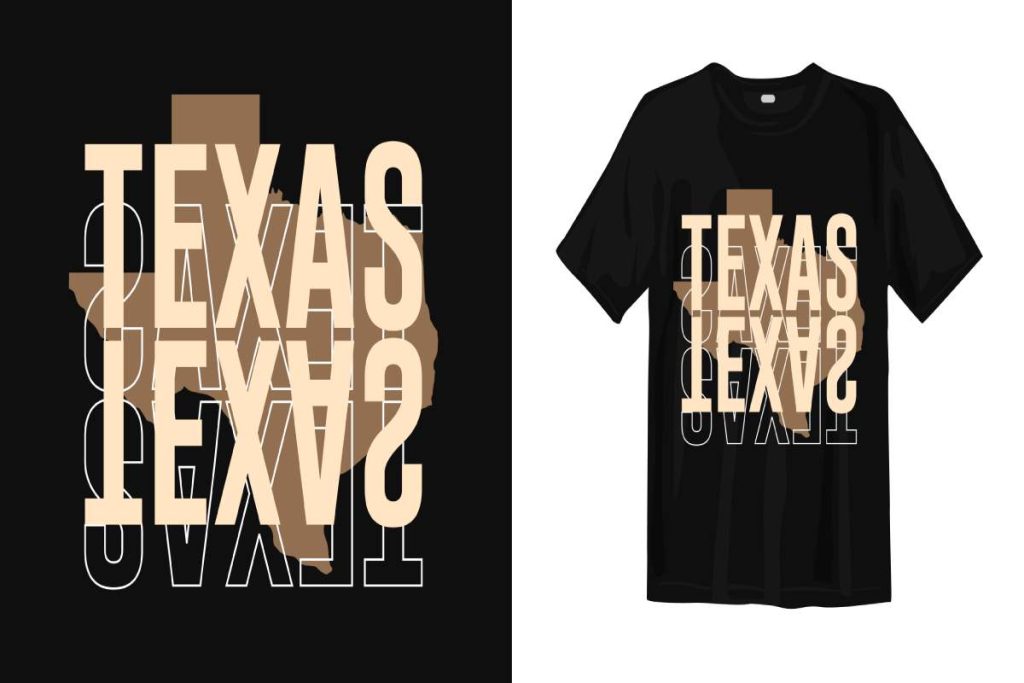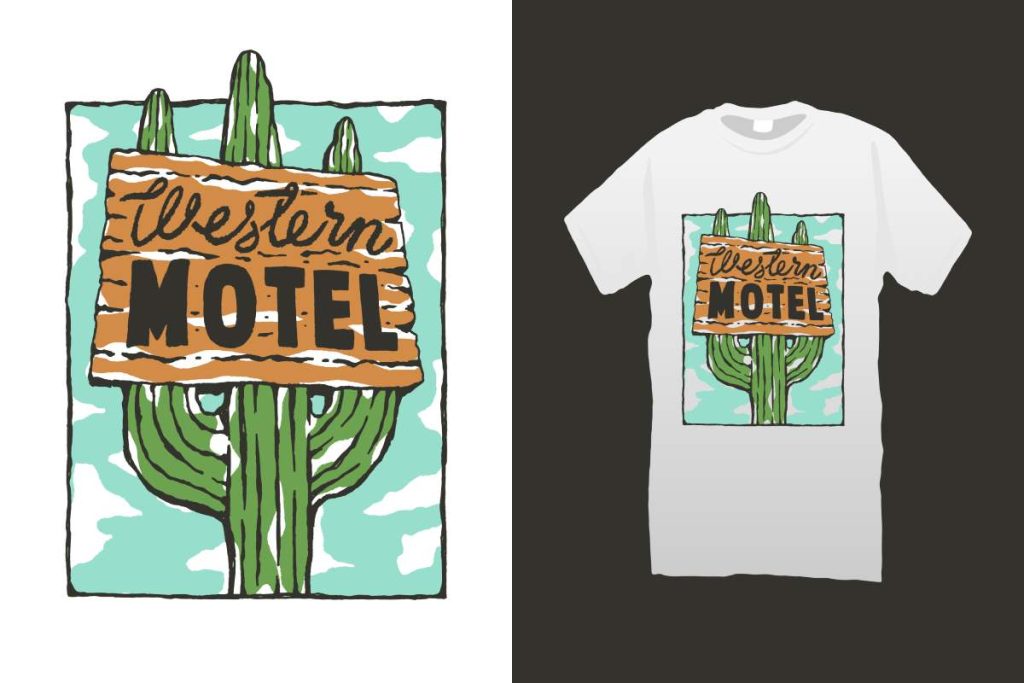UV DTF Technology, short for Ultraviolet Direct-to-Film, is rapidly gaining recognition as a leading force in the world of innovative printing solutions. Merging advanced UV printing methodologies with direct-to-film printing processes, this technology not only enhances efficiency but also paves the way for sustainable printing practices. As businesses increasingly seek eco-friendly options, UV DTF technology provides a compelling alternative that reduces energy consumption while delivering vibrant, durable prints across various materials. This transformation is part of a broader shift in digital printing, where quality and sustainability are paramount. Understanding the mechanics and benefits of UV DTF technology could profoundly impact how companies approach their branding and production strategies in the printing landscape.
Often referred to as Ultraviolet Direct-to-Film printing, this advanced printing technology leverages cutting-edge UV curing processes alongside standard direct-to-film techniques. By allowing high-quality graphics to be applied to a plethora of surfaces, UV DTF impressively responds to the diverse needs of modern businesses in areas such as custom merchandise and fashion. The sustainable printing capabilities of this method only enhance its appeal, paving the way for environmentally responsible choices in digital printing. As the demand for versatility and durability rises within the industry, understanding the nuances of DTF and UV technology becomes essential. This discussion will explore how this innovative approach is shaping the future of the printing sector, driving both creativity and ecological considerations.
Understanding the Basics of UV DTF Technology
UV DTF technology, or Direct-to-Film printing utilizing ultraviolet curing, marries the strengths of advanced UV printing and traditional DTF methods. This innovative approach allows for the clear and vibrant transfer of graphics onto a variety of substrates ranging from textiles to metals. When inks are cured using UV light, they immediately harden and bond to the material, resulting in robust prints that are resistant to fading and wear over time. For businesses seeking versatile printing solutions, understanding the foundational principles of UV DTF is essential.
Moreover, the evolution of UV DTF technology reflects a trend towards more sophisticated digital printing techniques. With the ability to print detailed designs and vibrant colors quickly, this technology empowers businesses to meet customer demands for customization and speed while simultaneously reducing waste. By capitalizing on the benefits of UV curing, companies can provide high-quality products that stand the test of time, significantly enhancing the customer experience.
Innovative Advancements in UV DTF Printing
In recent years, the landscape of UV DTF printing has been transformed by groundbreaking technological innovations. Major manufacturers like Epson and Roland DG have introduced state-of-the-art machines that offer exceptional printing capabilities, facilitating high-resolution outputs and seamless design execution. This advancement not only increases production efficiency but also supports the creative ambitions of artists and businesses alike, enabling them to bring intricate designs to life much more effectively.
These innovations have also led to a decrease in the cost of entry for small businesses. With the advent of compact UV DTF printers that are both affordable and user-friendly, more entrepreneurs can engage in this advanced printing technology without substantial financial outlay. As a result, the democratization of UV DTF technology is opening doors for diverse applications, further expanding its reach within various industries.
Environmental Impact of UV DTF Technology
One of the most compelling aspects of UV DTF technology is its environmental impact. Compared to traditional printing methods, UV DTF printing significantly reduces the emission of volatile organic compounds (VOCs), aligning with the increasing demand for sustainable printing practices. This environmentally friendly approach not only appeals to businesses aiming to lower their ecological footprint but also resonates with a consumer base that values sustainability.
Furthermore, UV DTF technology consumes less energy due to its efficient curing process, promoting a reduction in overall operational costs for businesses. As companies turn to techniques that prioritize sustainability, UV DTF stands out as a printing solution that allows them to fulfill customer expectations while adhering to eco-conscious practices. The marriage of sustainability with advanced printing capabilities positions UV DTF technology as a preferred choice in today’s competitive landscape.
Industry Applications of UV DTF Technology
The versatility of UV DTF technology extends across various industries, making it a favorite among businesses that require high-quality, durable prints. From the fashion industry to promotional merchandise, UV DTF is enriching product offerings with vibrant colors and custom designs that speak directly to consumer preferences. The capability to print directly onto a variety of surfaces without needing pre-treatment allows users to explore new avenues in product development and marketing.
More than just versatility, the technology opens up opportunities for on-demand production, allowing businesses to respond quickly to market trends and customer requests. This adaptability not only improves customer engagement but also positions companies as innovators that embrace change. As industries continue to seek novel ways to differentiate their products, UV DTF technology is proving invaluable in delivering high-quality, customized solutions.
Market Growth of UV DTF Technology
The market for UV DTF technology is experiencing remarkable growth, fueled by the revolution in digital printing techniques and the increasing adoption of sustainable practices across industries. Reports highlight that businesses are eager to invest in technologies that enhance productivity and quality, with UV DTF printing emerging as a frontrunner in meeting these expectations. As companies recognize the potential of UV DTF technology to provide vibrant, long-lasting prints, the demand for advanced printing solutions intensifies.
This growth trajectory suggests that UV DTF technology is not just a passing trend but rather a fundamental shift in how businesses approach printing. With the diverse applicability of this technology across sectors, from fashion to signage, the future appears bright. As more companies embrace UV DTF for its quality and efficiency, the overall printing landscape is set to undergo significant transformation as it adopts this advanced technology.
Future Trends in UV DTF Technology
Looking ahead, the future of UV DTF technology in the printing industry is promising. As manufacturers continue to innovate and improve the capabilities of UV DTF printers, we can expect enhancements in speed, print quality, and user-friendliness. These advancements will likely result in expanded market opportunities, as more businesses recognize the benefits of integrating UV DTF technology into their operations. The trend toward personalization and customization will be crucial in driving the adoption of this technology as consumers seek unique products tailored to their preferences.
Additionally, with the rising focus on environmental sustainability in production processes, UV DTF technology will likely become an industry standard. The continued emphasis on reducing waste and energy consumption aligns with global business goals for eco-friendliness. As companies increasingly prioritize sustainable printing solutions, UV DTF technology stands out as a pioneering force capable of delivering high-quality prints while contributing positively to environmental objectives.
Frequently Asked Questions
What are the key benefits of UV DTF technology in modern printing?
UV DTF technology offers several benefits, including versatility, durability, and sustainability. It allows printing on various surfaces like fabrics and plastics without pre-treatment, ensuring vibrant and long-lasting prints. Additionally, the UV curing process minimizes energy consumption and reduces VOC emissions, making it a more environmentally friendly option compared to traditional printing methods.
How does UV DTF technology compare to traditional UV printing?
UV DTF technology enhances traditional UV printing by integrating direct-to-film capabilities. This allows users to apply intricate designs on multiple substrates efficiently while maintaining high-quality outputs. The UV curing process in DTF printing makes prints more durable and resistant to water and scratches, thus extending the lifespan of printed products compared to standard UV prints.
What industries can benefit from UV DTF printing?
Various industries, including fashion, custom merchandise, and signage, can greatly benefit from UV DTF printing technology. Its ability to print on diverse materials and its high-quality outputs make it ideal for on-demand production and personalized offerings, helping businesses engage customers effectively while adapting to market demands.
Is UV DTF technology environmentally friendly?
Yes, UV DTF technology is considered environmentally friendly as it uses UV curing that emits fewer VOCs and consumes less energy compared to conventional printing methods. This makes it an attractive choice for eco-conscious businesses looking to minimize their environmental impact while producing high-quality prints.
What advancements are being made in UV DTF technology?
Recent advancements in UV DTF technology include the development of compact and efficient printing machines by leading manufacturers like Epson and Roland DG. These innovations allow small businesses to access high-resolution printing capabilities without significant initial investment, making UV DTF an increasingly viable option for diverse applications.
Can UV DTF technology print on all types of materials?
UV DTF technology is highly versatile and can print on a wide range of materials, including fabrics, plastics, and metals. Its ability to work without extensive pre-treatments makes it suitable for various substrates, giving businesses the flexibility to produce a diverse array of printed products.
| Key Point | Description |
|---|---|
| What is UV DTF Technology? | A printing method that combines direct-to-film technology with ultraviolet curing to create vibrant and durable prints on various substrates. |
| Market Growth and Adoption | The UV printing market is expected to grow significantly as businesses recognize the quality and durability of UV DTF prints. |
| Advantages of UV DTF | Includes versatility in printing on various surfaces, enhanced durability, and environmental benefits such as lower energy consumption and reduced VOC emissions. |
| Technological Innovations | Major manufacturers are innovating UV DTF printing machines, improving resolution and ease of use for small businesses. |
| Industry Applications | UV DTF is applicable in diverse sectors including fashion, custom merchandise, and signage, allowing for unique and personalized designs. |
| Future Outlook | Continued growth and demand for high-quality, sustainable printing solutions position UV DTF technology as a key player in the printing industry. |
Summary
UV DTF technology represents a significant advancement in the printing industry, merging innovative printing techniques with practical applications to deliver superior results. This technology not only offers unparalleled versatility and durability but also aligns with the increasing demand for environmentally friendly production methods. As businesses integrate UV DTF into their operations, they will likely expand their market reach and enhance customer satisfaction. The future of printing is undoubtedly bright with UV DTF technology leading the charge, promising exciting possibilities in personalized merchandising and sustainable practices.



